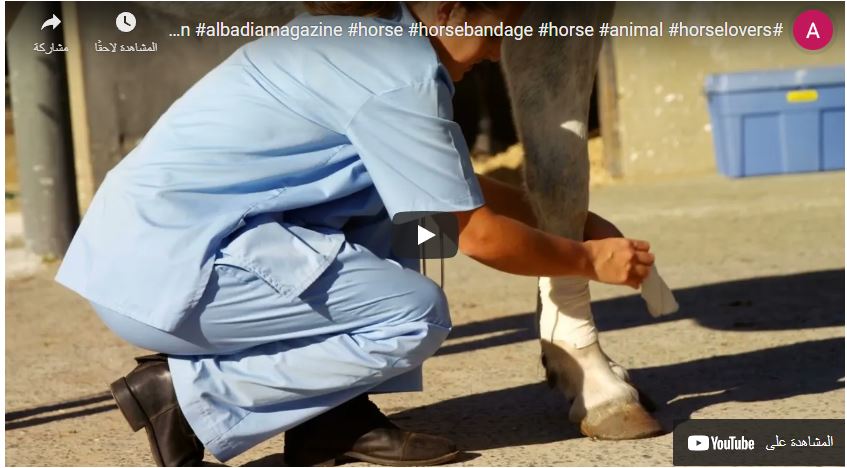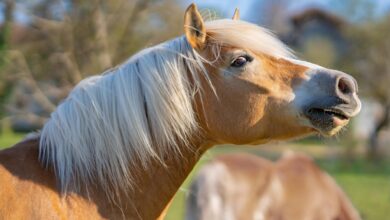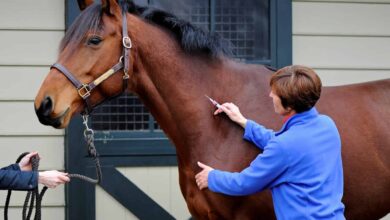by Al Badia
Bandaging a horse is an important part of taking care of your animal. It helps to keep wounds clean and protected while they heal, and it can help with the overall healing process.
There are different types of bandages, so you’ll want to choose the best one for your horse’s needs. Bandages should be changed regularly—at least every two days—and you should always make sure that any bandage material is clean before putting it on your horse.
In general, simple wounds above the knee and hock do just fine without bandages, which most full-thickness wounds heal better with bandages. New skin formed under bandages may require surface ointments or a loose covering until it toughens up enough to face the elements.
For most applications, you can choose from four types of bandages:
1) Gauze wound dressings (nonadhesive): These are nonadherent gauze pads that come in different sizes and shapes for different types of wounds. They’re great for light-duty use around mildly injured areas where there’s not a lot of swelling or drainage. They’re also ideal for use on horses with sensitive skin because they don’t stick to the hair or skin like some other materials do. You can find these in most feed stores or tack shops.
2) Self-adhesive wound dressings: These are more expensive than gauze dressings but also more durable and easier to apply—they stick right onto your horse’s skin without any need for tape or other adhesives, making them ideal for larger wounds like those on their legs or belly where there’s plenty of room for the whole thing to fit.








